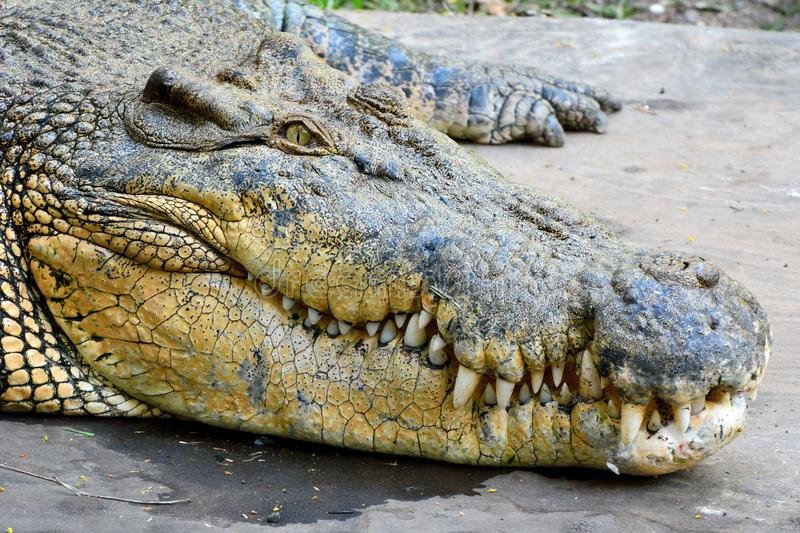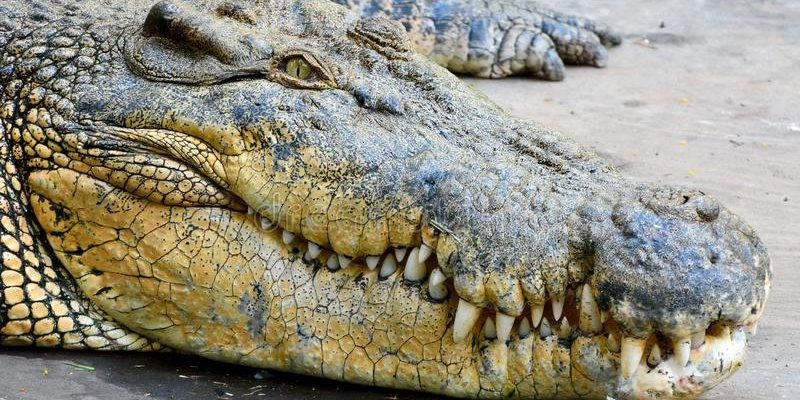
Think of the saltwater crocodile as nature’s own legend—a creature that merges reality with myth. For countless generations, it has inspired countless tales, beliefs, and even fears, shaping the cultural landscape of communities around the globe. Whether they’re seen as protectors, monsters, or symbols of wisdom, these reptiles have left a lasting impression. So, let’s dive deep into the murky waters of cultural representations and folklore, exploring how this fierce predator occupies a unique space in human imagination.
Historical Significance of Saltwater Crocodiles
Throughout history, saltwater crocodiles have played a significant role in various cultures, particularly in regions where they are native. These ancient reptiles date back over 200 million years, making them one of the oldest living species. Their long-standing presence has led to a plethora of stories and myths surrounding them. For instance, in Indigenous Australian cultures, they are often seen as important spiritual beings and creators of the land.
In many Southeast Asian countries, saltwater crocodiles feature prominently in folklore. Local legends often depict them as guardians of rivers and lakes, believed to have the ability to control water flows and keep ecosystems in balance. This deep-rooted respect comes from the understanding that these crocs are not just wild animals but vital parts of the environment.
This reverence leads to fascinating tales of human-crocodile interactions, where bravery and respect come head to head. Imagine a brave hunter who, instead of striking down a croc, chooses to learn from its ways, believing that the creature possesses wisdom that can guide him. These stories remind us of the interconnectedness of all living things.
Crocodiles in Indigenous Australian Folklore
In Australia, the saltwater crocodile is more than just a predator; it embodies the culture and beliefs of Indigenous peoples. Many tribes believe that these crocodiles are the reincarnated spirits of their ancestors. The stories told around campfires often illustrate how these reptiles were once humans who transformed to protect their families or land. This transformation serves as a poignant reminder of the bond between nature and spirituality.
One well-known figure in these tales is the giant crocodile named Giant Tjunke, revered in various Aboriginal stories. He is often portrayed as a protector of sacred sites, reminding the people to respect their surroundings. Such stories convey important lessons about harmony with the environment and the need to protect it.
These narratives are not merely tales; they serve practical purposes too. They teach younger generations about the dangers of the crocodile and how to coexist with it while respecting its power. This layered storytelling shows how culture and survival are intertwined.
Representations in Southeast Asian Myths
Moving north to Southeast Asia, saltwater crocodiles also hold special significance in local mythologies. In places like Thailand and Indonesia, they often appear as symbols of strength and resilience. Many stories depict them as fierce protectors of the rivers, commanding respect from both nature and humanity alike.
One popular Thai tale involves a crocodile who saves a village from flooding by holding back the waters with its massive body. This story illustrates how the saltwater crocodile is not only feared but also viewed as a powerful ally. It encourages communities to live in harmony with their environment rather than simply fearing it.
Moreover, these crocodiles are often woven into the fabric of local art and crafts, where they symbolize the essence of the land itself. Sculptures and paintings capture their majesty, reminding people of the legends and the lessons they bring. You might even find crocodile motifs adorning traditional clothing, embodying a cultural pride that transcends generations.
Saltwater Crocodiles in Modern Media
As we shift to modern times, saltwater crocodiles have made their mark in films, books, and documentaries. Hollywood has used these creatures to create powerful narratives—often portraying them as formidable villains. Think of the classic horror movies where a massive crocodile terrorizes unsuspecting tourists. These representations can sometimes skew public perception, leading to fear rather than understanding.
But it’s not all doom and gloom. Documentaries often highlight the ecological role of saltwater crocodiles, showing their grace and patience as they stalk their prey. These films help shift the narrative from fear to fascination, encouraging viewers to learn more about these magnificent creatures and their habitats.
Interestingly, social media has also contributed to the way we view saltwater crocodiles. Viral videos often capture stunning moments of their power and agility, showcasing both their beauty and their danger. This blend of awe and excitement helps spark conversations about conservation and the need to protect these ancient reptiles and their habitats.
Cultural Tensions and Conservation Efforts
Despite their cultural significance, saltwater crocodiles often find themselves in the crosshairs of human activities. As urban areas expand into their habitats, conflicts arise. Farmers may see crocodiles as threats to livestock, while local communities might feel unsafe near their waters. This tension can lead to negative perceptions fueled by fear rather than education.
This is where conservation efforts come into play. Many organizations are working hard to educate communities on the benefits of coexisting with saltwater crocodiles. By highlighting their role in maintaining healthy ecosystems, these initiatives aim to shift public opinion toward a more positive view.
Understanding that these reptiles are vital for controlling wildlife populations and maintaining balanced ecosystems can change minds. As more people recognize their importance, we can hope for better management practices that respect both the animals and the communities that share their habitats.
The Future of Saltwater Crocodiles in Culture
Looking ahead, it’ll be fascinating to see how the representation of saltwater crocodiles evolves. With ongoing changes in the environment and the impact of climate change, stories surrounding these creatures will likely adapt as well. We may witness new legends emerging or old ones being retold to reflect contemporary issues.
It’s also essential for cultural narratives to include the voices of local communities, as they often have a profound understanding of these creatures. By working together, we can create a narrative that honors both the saltwater crocodile’s ecological role and its cultural significance.
In this ever-changing world, let’s make sure that the stories we tell about saltwater crocodiles are rich, respectful, and reflective of the symbiotic relationship between humans and the natural world.
The saltwater crocodile is more than just a fearsome predator; it’s a cultural icon, a symbol of resilience, and a vital part of our ecosystem. Its representation in folklore spans continents, reflecting the diverse ways humans relate to this ancient creature. As we’ve explored, these reptiles embody respect, wisdom, and strength, leaving a mark on our collective imagination.
By understanding the stories and beliefs surrounding saltwater crocodiles, we can foster a deeper appreciation for these remarkable beings. It’s essential to recognize their role not only in the environment but also in the rich tapestry of cultural narratives. Let’s continue to celebrate and protect the saltwater crocodile, ensuring that it remains an enduring symbol of nature’s power and beauty for generations to come.

